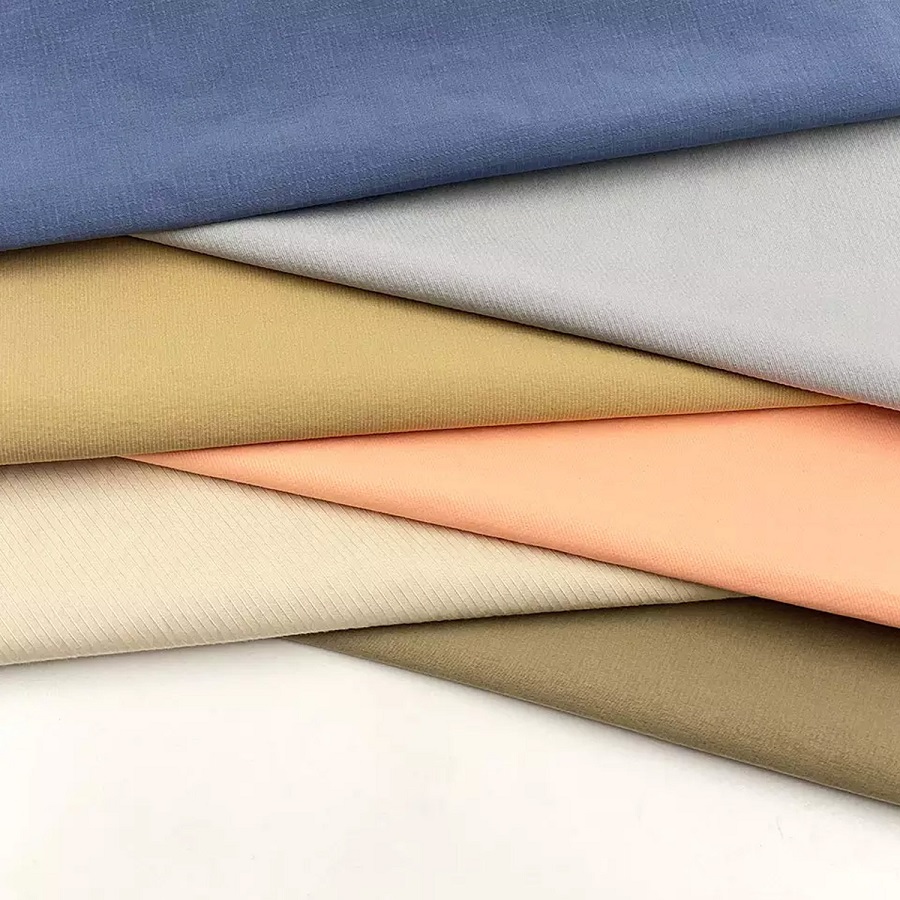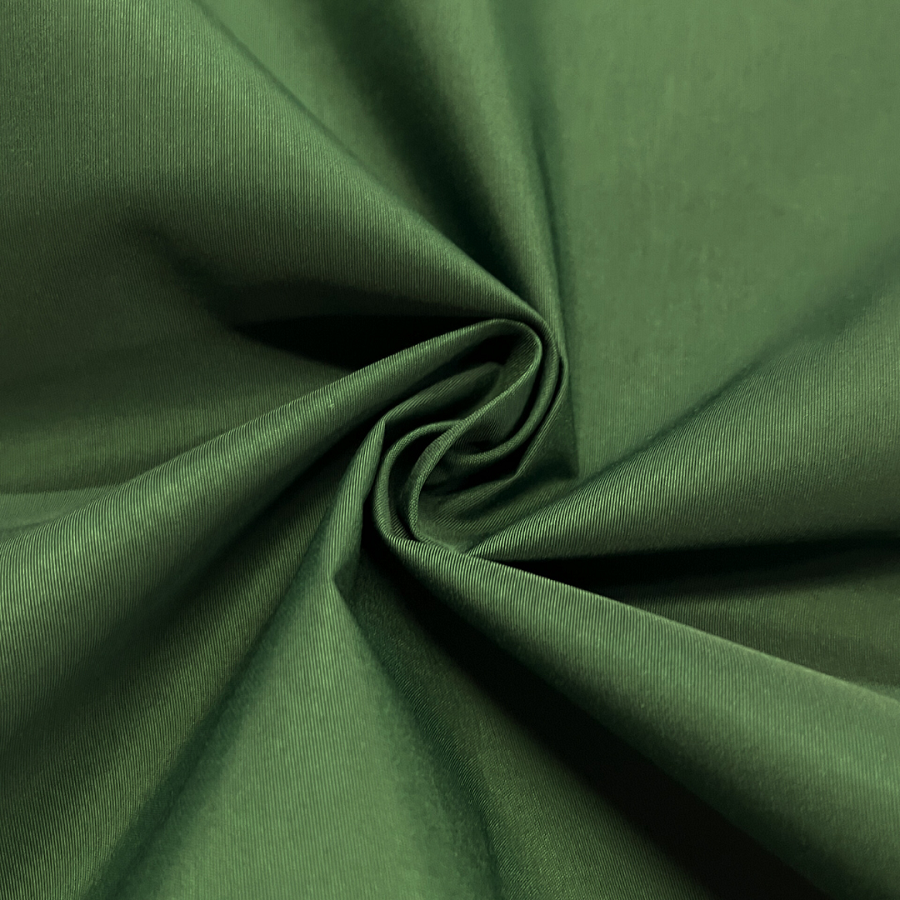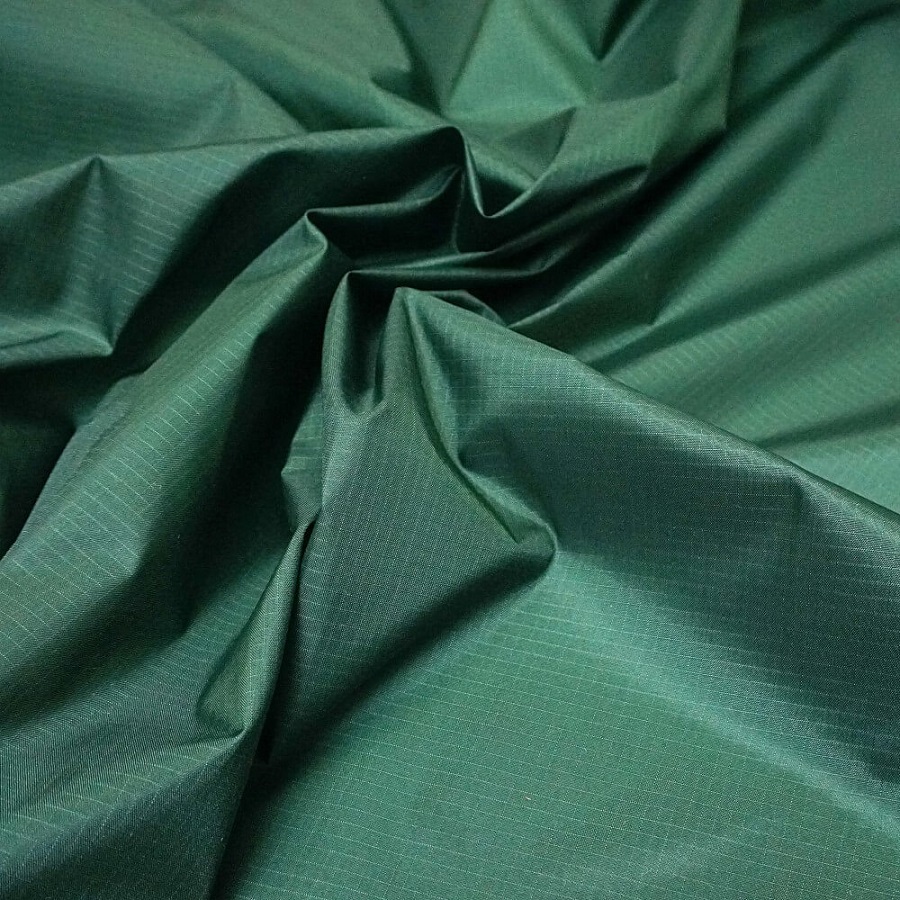Introduction to Nylon
Nylon, a synthetic fabric, is known for its strong, durable, and versatile qualities. Created in a lab, this fabric has become a key player in various industries, from fashion to automotive. Since its invention in the 1930s, nylon has evolved, offering numerous advantages such as resistance to abrasion and chemicals, making it an ideal choice for a wide range of applications.
The making of nylon involves a chemical process known as polymerization, where specific molecules are fused together to form long chains, or polymers. These polymers give nylon its signature properties. Whether it’s used in garments, industrial equipment, or everyday items, nylon remains a popular and reliable material. Its vast array of uses reflects its adaptability and the continuous innovations in fiber technology. As we forge ahead, nylon’s role in sustainability and environmental friendliness is also coming to the forefront, driving research and development in the textile industry.

Historical Background and Development
When chemist Wallace Carothers and his team at DuPont first introduced nylon in 1935, little did they know it would become a part of everyday life. Nylon’s journey began as a toothbrush’s bristle, a progression to women’s hosiery, further cementing its place during World War II as a silk substitute in parachutes. Today, it continues to evolve, serving various applications from fashion to automotive components.
From the pallor of the laboratory to the vivid colors of the fashion runway, nylon’s development reflects human ingenuity in material science. Its ability to mimic natural fibers like silk, coupled with its enhanced performance features, has made nylon fabric a mainstay in the textile industry. As demand for versatile and durable materials grew, nylon’s production techniques advanced, making it an integral fabric of the 20th century and beyond.
As we continue to innovate, nylon fabric follows suit, with research pivoting towards greener practices and enhanced functionalities. Its historical trajectory from a novel invention to a household name in fabrics showcases a legacy of adaptability and endurance—a testament to nylon’s unwavering significance in material history.
Chemical Composition and Types of Nylon
Understanding the makeup and variations of nylon fabric is essential for recognizing its applicability in various domains. The core material of nylon fabric is a synthetic polymer, which is essentially a type of plastic known for its durability and strength.
What Is Nylon Made Of?
Nylon’s foundation is formed from the polymerization of certain molecules, typically adipic acid and hexamethylenediamine, resulting in a durable and flexible material. This process creates long chains of molecules known as polymers, providing the basis for the fabric’s robust nature.
What Are The Different Types Of Nylon Materials?
The versatility of nylon comes from its various types, each suitably tailored for specific uses:
- Nylon 6,6: Common in outdoor gear, thanks to its water and heat-resistant properties.
- Nylon 6: Favoured for its lightweight and moisture-wicking abilities, making it ideal for activewear.
- Nylon 6,10: Strong and chemical-resistant, used in automotive and electronics.
- Nylon 4,6: Known for its strength and heat tolerance, it’s used in high-performance materials.
- Nylon 12: Flexible with low moisture absorption, applied in specialized applications like safety equipment.
These varieties demonstrate nylon’s adaptability, confirming its utility in a broad range of products, from clothing to industrial components.
Manufacturing Process of Nylon
The manufacturing process of nylon is a remarkable journey, transforming basic chemical elements into a versatile synthetic fabric. Let us explore how this process unfolds, step by step.
From Monomers to Polymers
To create nylon, chemists start with monomers like adipic acid and hexamethylene diamine. When combined, these monomers undergo condensation polymerization, a reaction that links them together into long, chain-like molecules called polymers. Heat and pressure are carefully applied, ensuring the monomers connect correctly, resulting in the formation of nylon polymers.
Drawing and Cooling
Once polymers form, they are melted and then pressed through a spinneret, akin to a showerhead with tiny holes. This step produces fine nylon threads. As they emerge, these threads are cooled, solidifying them into strong fibers. This phase is critical as it dictates the nylon’s strength and flexibility.
Stretching for Strength
Next, the fibers are stretched, sometimes to several times their original length. Stretching aligns the polymer chains, enhancing the tensile strength and elasticity of the nylon. It is this stretching that gives nylon its notable resilience, making it suitable for various demanding applications.
Final Touches
Finally, specific treatments are applied to the fibers, like adding a water-resistant coating or dyeing them to the desired color. Once the desired properties are achieved, the nylon is ready to be woven into fabric. From here, it enters the vast world of products, from clothing to car parts.
In conclusion, the process of manufacturing nylon involves precise science and careful engineering, culminating in a strong, versatile fabric. This meticulous production cycle ensures that nylon retains its defining attributes, playing a pivotal role in countless industries across the globe.

Properties That Define Nylon
When it comes to synthetic fabrics, nylon stands out for several key characteristics. These properties are the reason nylon finds use in various products and industries.
- Strength and Durability: Nylon’s robustness makes it the go-to material for products that need to withstand wear and tear. Its strong polymer chains resist stretching and ensure longevity.
- Elasticity: Nylon can stretch significantly before breaking. This feature is vital for items that require flexibility, such as sportswear and hosiery.
- Resistance to Abrasion: Nylon fabrics maintain their integrity even under rough use. This quality is crucial for outdoor and industrial applications.
- Moisture Resistance: Although not entirely waterproof, nylon holds up well against moisture. It dries quickly, making it ideal for swimwear and rain gear.
- Heat Resistance: Nylon’s ability to withstand high temperatures without degrading contributes to its use in automotive and machinery parts.
- Versatility: The various types of nylon can be manufactured for specific requirements. From thin, breathable fabrics to thick, dense weaves, nylon’s versatility is unmatched.
These inherent properties of nylon enable it to adapt to diverse uses, from everyday clothing to critical components in safety equipment. Its strength, combined with other features, makes nylon a fundamental fabric in multiple sectors.
Nylon vs. Other Synthetic Fibers
Nylon stands out in the synthetic fabric family for its strong and stretchy nature. It has a unique set of properties that often make it a preferred choice over other synthetics, especially when durability and flexibility desire. Let’s delve into how nylon compares to its synthetic counterparts and why it may be the better option for certain uses.
Strength and Durability Comparison
When matched up against other synthetics like polyester, nylon often wins in the strength department. It resists tears and holds up under stress, making it ideal for products like sports equipment and heavy-duty backpacks. Polyester may be tough, but nylon’s tensile strength is top-notch.
Elasticity and Flexibility
Nylon’s ability to stretch and bounce back to its original shape without damage is remarkable. This elasticity is perfect for clothing that needs to stay snug yet comfortable, such as leggings and fitted shirts. Other synthetics may not offer the same level of give and recoverability.
Moisture Management
Nylon is not completely waterproof, but it has excellent water-resistant capabilities. Its quick-drying feature outshines materials like acrylic, which take longer to dry. Nylon’s moisture management properties make it a go-to for rain gear and swimwear.
Heat and Abrasion Resistance
Among synthetics, nylon is known for its good heat resistance, useful for automotive parts. Its ability to withstand high levels of abrasion is also superior to that of fibers like rayon, ensuring longevity in high-wear applications.
Environmental Considerations
While no synthetic is perfect, nylon’s durability means it can last longer, potentially reducing waste. Compared to others, nylon is also becoming more eco-friendly with advances in recycling and the development of bio-based options.
In conclusion, nylon’s toughness, stretchability, and moisture resistance give it an edge over other synthetic fibers. It’s these distinct advantages that secure its place in industries ranging from fashion to automotive. As we look to sustainable innovations, nylon continues to adapt, maintaining its relevance in a world that demands both performance and environmental responsibility.

Common Applications of Nylon Fabric
Nylon, known for its strength and flexibility, is found in numerous products. Its unique properties make it suitable for various industries, leading to widespread applications.
- Clothing: With its ability to resist abrasion and maintain shape, nylon is ideal for activewear, swimwear, and hosiery.
- Outdoor Gear: Nylon’s durability and resistance to elements render it perfect for tents, backpacks, and other outdoor equipment.
- Home Furnishings: The fabric’s resilience is why it’s chosen for carpets, upholstery, and draperies.
- Industrial Uses: Its toughness is invaluable in automotive parts, machine components, and safety equipment.
- Medical Devices: Nylon’s flexibility and strength are essential for items like surgical sutures and orthopedic materials.
These applications showcase nylon’s adaptability, ensuring its continued relevance in a variety of sectors. Its diverse uses highlight the material’s ability to meet different performance requirements, from fashion to safety. As the industry progresses, nylon’s role is likely to expand further, thanks to its proven track record of versatility and durability.
The Role of Nylon in Fashion
Nylon’s impact on the fashion world is undeniable. This versatile synthetic fabric offers designers a range of benefits, making it a staple for numerous garments and accessories. Let’s explore some of the reasons why nylon continues to be a popular choice in the fashion industry.
Durability and Longevity
Nylon’s enduring strength ensures clothes last longer without showing wear. Fashion items made from nylon tend to retain their shape and texture after multiple washes, reducing the need for frequent replacements.
Versatility in Design
From sheer hosiery to sturdy backpacks, nylon’s adaptability allows designers to create diverse fashion products. Its ability to blend with other fabrics expands its use, often enhancing comfort and style with added stretchiness and breathability.
Eco-Friendly Options
As environmental concerns grow, the fashion industry is turning to recycled nylon. This sustainable alternative reduces waste and resource use, offering a greener choice for eco-conscious consumers and designers.
In summary, nylon’s role in the fashion industry is significant. It’s cherished for its strengths, design flexibility, cost effectiveness, and continuous innovation. As the demand for sustainable fashion grows, nylon’s role is set to expand with eco-friendly advancements.
Future Prospects and Innovations
Emerging trends and technologies paint an exciting future for nylon fabric. Efforts focus on enhancing its benefits and minimizing environmental downsides.
Sustainability Advances
Scientists are developing bio-based nylons to reduce dependency on fossil fuels. Recycled nylons are gaining popularity, turning waste into valuable fibers. Companies focus on reducing nylon’s carbon footprint and water use in production.
Performance Enhancements
New treatments and coatings aim to boost nylon’s features. Innovations might include greater moisture management, UV protection, or fire resistance. These improvements extend nylon’s use in sports, fashion, and safety gear.
Maintenance and Care for Nylon Products
Proper maintenance and care are crucial for extending the life of nylon products. Follow these essential tips to keep your nylon items in top condition:
- Wash with Care: Nylon should be washed with cold water to prevent shrinking and maintain the integrity of the fabric. Use a gentle cycle and a mild detergent.
- Avoid High Heat: When drying nylon, avoid high heat settings that can cause the fabric to deform or melt. Opt for air-drying whenever possible.
- Stain Removal: Treat stains immediately to prevent them from setting in. Use a mild stain remover that’s safe for synthetic fabrics.
- Ironing: If ironing is necessary, use a low heat setting and place a protective barrier, such as a cloth, between the iron and the nylon garment.
- Storage: Store nylon clothing away from direct sunlight and heat sources to prevent fading and degradation of the fibers.
By following these simple care guidelines, you can ensure that your nylon products remain durable and functional for years to come. Remember to always check the manufacturer’s care label for specific instructions related to your nylon items.









